The last Huawei flagship smartphone to be officially sold in the U.S. is the Huawei Mate 10 Pro, which came out in late 2017 as the company’s 2018 flagship offering.
With the company’s issues with the U.S. government escalating in 2018, it meant that neither of the Huawei P20 Pro nor Huawei Mate 20 Pro made it into the U.S. officially. But for those who want the devices so badly, Amazon is their major source.
Apparently, this is still the case for the newly launched Huawei P30 Pro, which, like before, has the company of a standard model, the Huawei P30. Despite all the greatness, both phones are set to miss out on one of the most lucrative smartphone markets in the world.
Specifications
Huawei P30
- 6.1-inch 19.5:9 FHD+ (2340×1080) OLED screen
- Kirin 980 processor + dual NPUs
- 6GB RAM
- 128GB expandable storage
- Tri-lens 40MP + 16MP + 8MP main camera
- 32MP front camera
- 3650mAh battery
- Android 9 Pie with EMUI 9.1
- Extras: Bluetooth 5.0, USB-C, 3.5mm audio jack, NFC, In-display fingerprint scanner, IP53, Dolby Atmos audio, 25W Huawei SuperCharge, 4G LTE, etc.
Huawei P30 Pro
- 6.47-inch 19.5:9 FHD+ (2340×1080) OLED screen
- Kirin 980 processor + dual NPUs
- 8GB RAM
- 128GB or 512GB expandable storage
- Tri-lens 40MP + 20MP + 8MP main camera
- 32MP front camera
- 4200mAh battery
- Android 9 Pie with EMUI 9.1
- Extras: Bluetooth 5.0, USB-C, NFC, In-display fingerprint scanner, IP68, Dolby Atmos audio, 40W Huawei SuperCharge, 15W fast wireless charging, Reverse wireless charging, 4G LTE, etc.
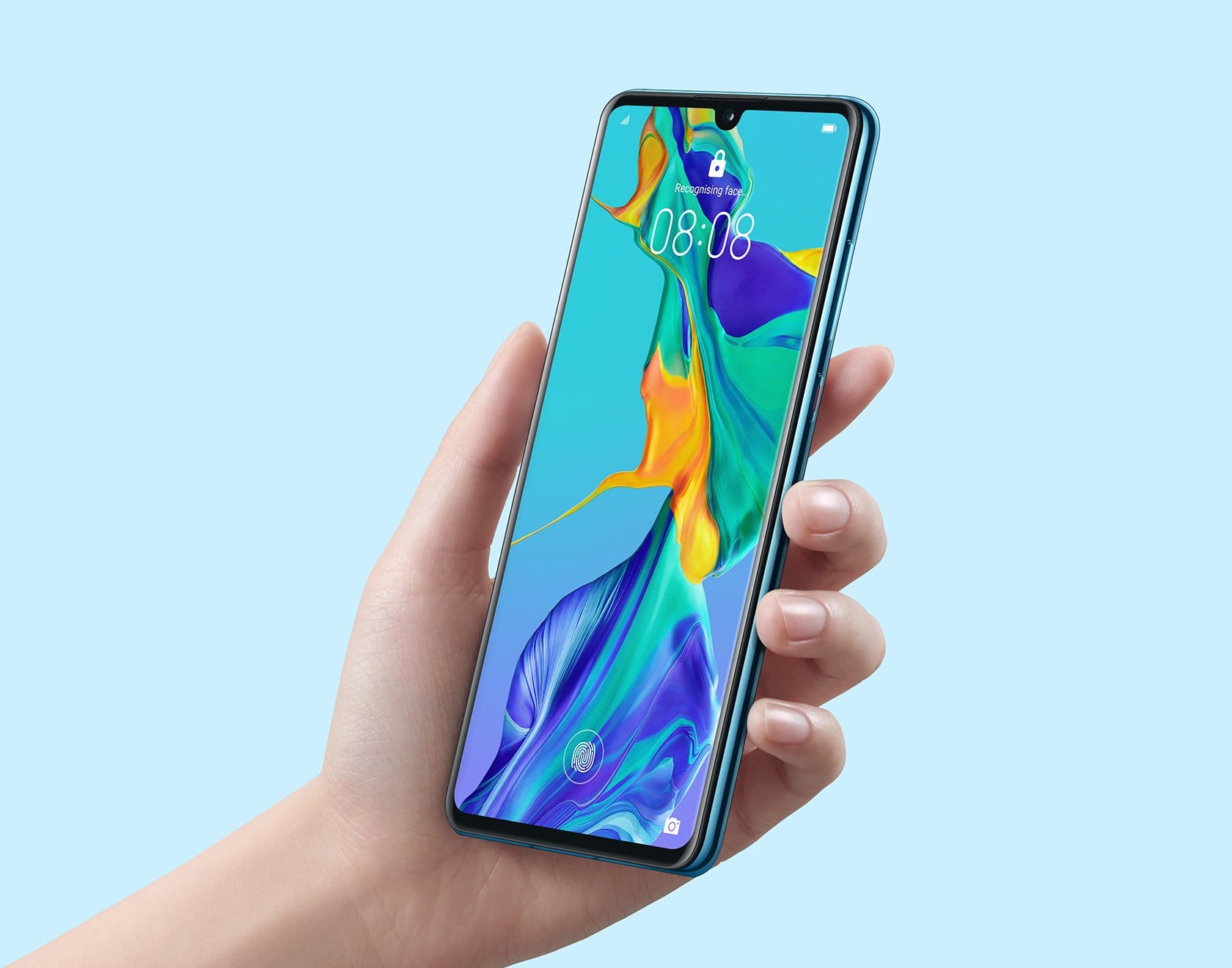
For a highlight of what you are missing out, the Huawei P30 Pro ships with a Leica Quad Camera array comprising a wide-angle lens (40MP, f/1.6, OIS), a super wide-angle lens (20MP, f/2.2)), a telephoto lens (8MP, 5x optical zoom, f/2.4, OIS), and a Time of Flight (ToF) lens.
On the other hand, the standard P30 drops the ToF lens but keeps the main lens (40MP, f/1.8) and telephoto lens (8MP, 3x optical zoom, f/2.4, OIS). The ultra-wide lens gets a smaller megapixel count of 16MP but sticks to the same f/2.2 aperture. Both phones have the same 32MP selfie lens housed in a waterdrop-style notch.
The SuperZoom Lens can manage up to 5x optical zoom, 10x hybrid zoom and an impressive 50x digital zoom on the P30 Pro while the standard P30 can manage 3x optical zoom, 5x hybrid zoom, and up to 30x digital zoom.
Considering how good photography on the P20 Pro is, Huawei had no other way of doing things but to beat the standards set by its own device. On paper, this seems to be the case, but we can’t say much about real-world use, at least for now.
Specs-wise, the Huawei P30 and P30 Pro don’t disappoint either. The former has a 6.1-inch FHD+ OLED display screen, a Kirin 980 chipset allied to 6/128GB memory, a 3650mAh battery, and runs Android 9 Pie out of the box. The device also comes with an IP53 certified body and supports NFC connectivity as well.
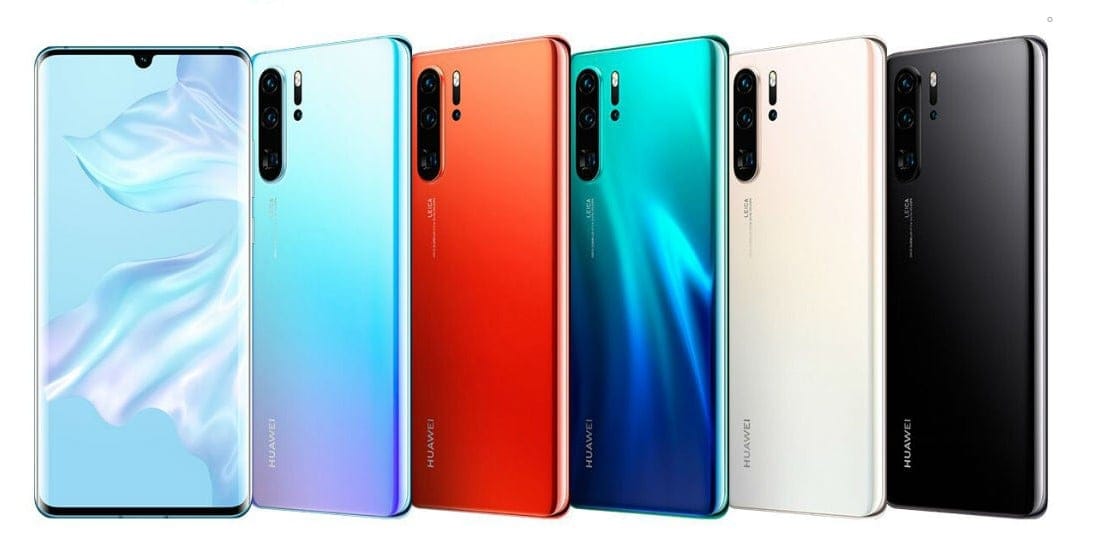
As for the P30 Pro, you get a massive 6.47-inch FHD+ curved OLED screen with the same chipset and base storage, but the base RAM is bumped to 8GB alongside another storage option of 512GB. Both devices have room to expand the storage. The battery is also bigger at 4200mAh and unlike the P30, you also get an IP68 certified body. Of course, Android 9 Pie comes preinstalled.
Both phones support fast charging technology, but the P30 manages up to 25W while the P30 Pro goes all the way to 40W. The latter also adds 15W fast wireless charging as well as reverse wireless charging.
Pricing and availability
You can check out more about the Huawei P30 and P30 Pro on this page. As for pricing, the P30 goes for €799 while the P30 Pro goes for €999 for the base model. The 8/256GB and 8/512GB variants go for €1,099 and €1,249, respectively.
As noted earlier, neither of these devices will be coming to the U.S., but you can always buy one from Amazon and the likes for use on carriers like AT&T and T-Mobile, but you won’t get full LTE support.
Related:

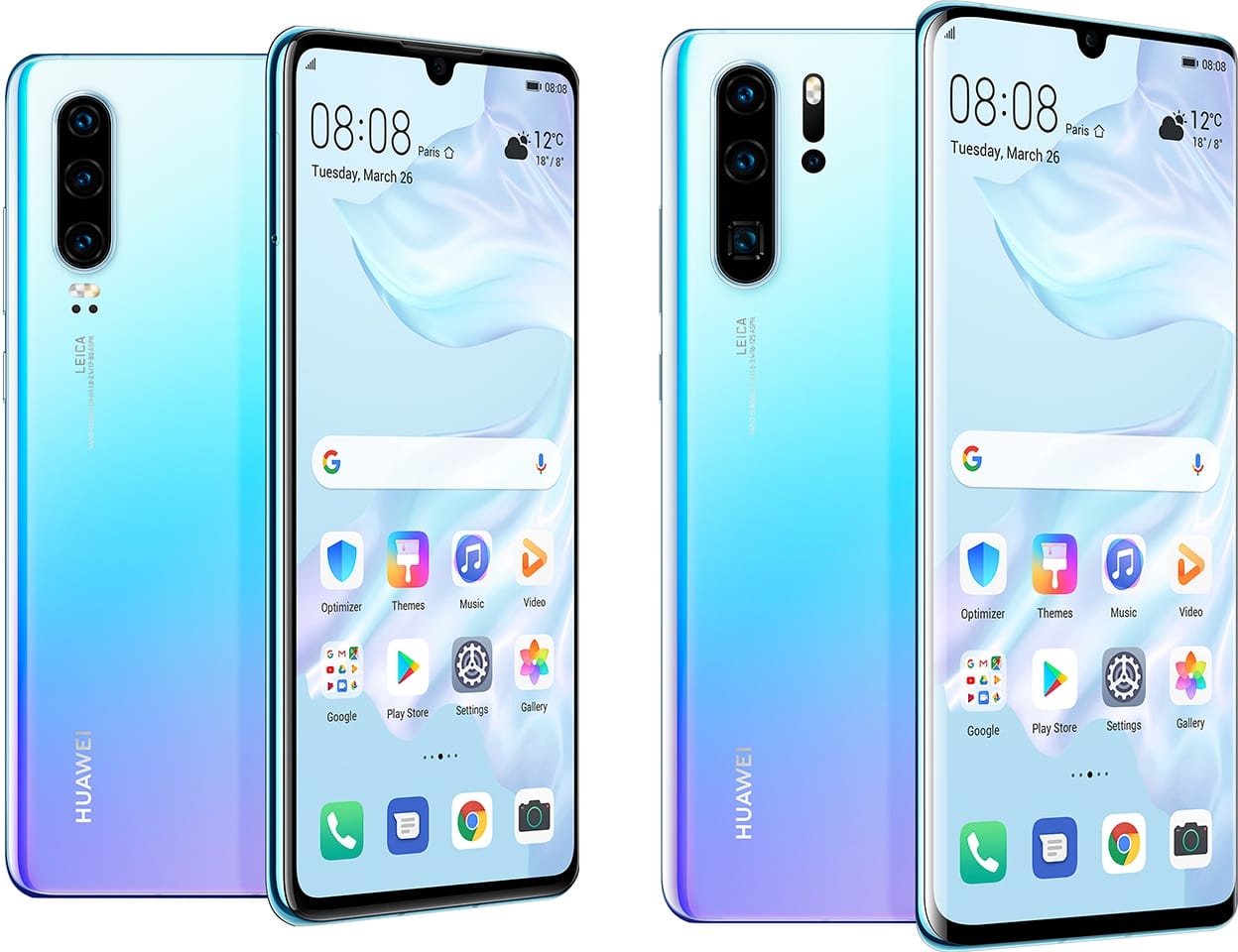
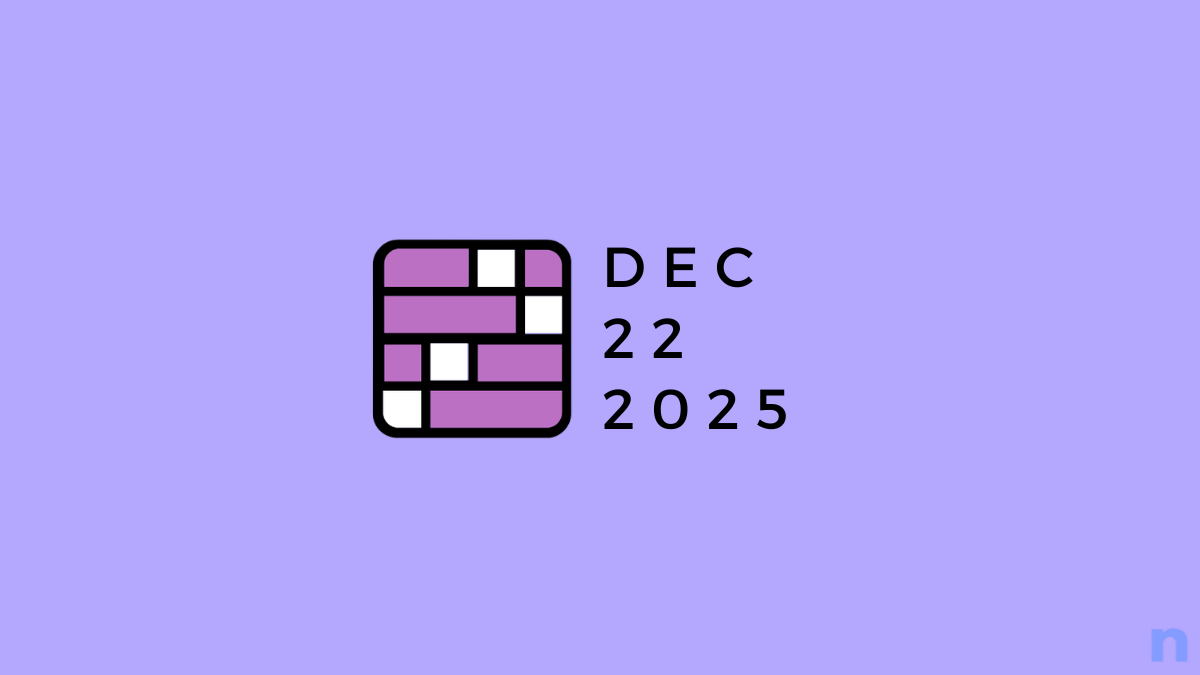



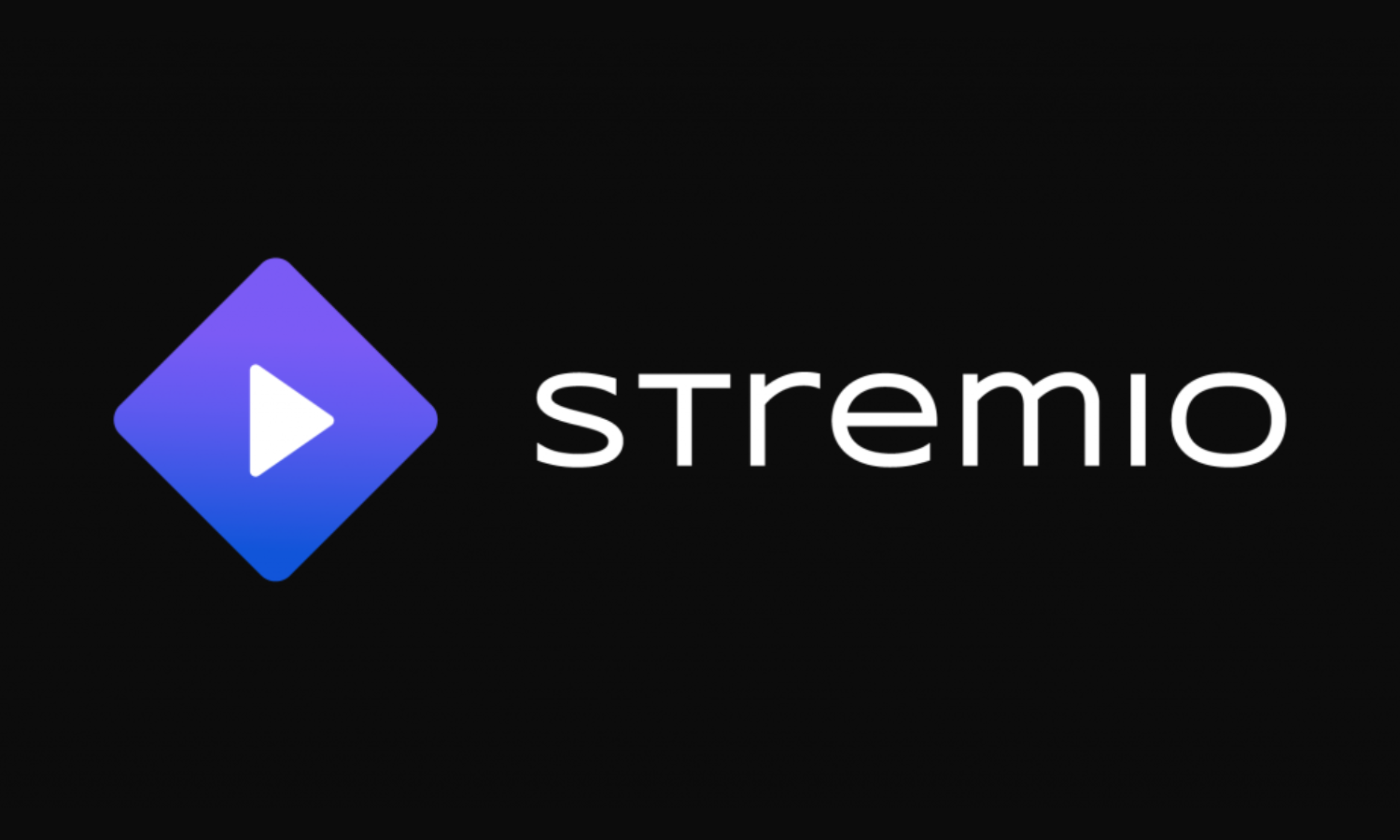






Discussion